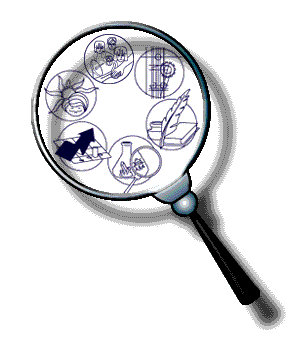
 |
5 definitions found
From The Collaborative International Dictionary of English v.0.48 [gcide]:
P \P\ (p[=e]),
the sixteenth letter of the English alphabet, is a nonvocal
consonant whose form and value come from the Latin, into
which language the letter was brought, through the ancient
Greek, from the Ph[oe]nician, its probable origin being
Egyptian. Etymologically P is most closely related to b, f,
and v; as hobble, hopple; father, paternal; recipient,
receive. See {B}, {F}, and {M}.
[1913 Webster] See Guide to Pronunciation, [sect][sect] 247,
248, and 184-195.
[1913 Webster]
From The Collaborative International Dictionary of English v.0.48 [gcide]:
Labial \La"bi*al\, n.
1. (Phonetics) A letter or character representing an
articulation or sound formed or uttered chiefly with the
lips, as {b}, {p}, {w}.
[1913 Webster]
2. (Mus.) An organ pipe that is furnished with lips; a flue
pipe.
[1913 Webster]
3. (Zool.) One of the scales which border the mouth of a fish
or reptile.
[1913 Webster]
From The Collaborative International Dictionary of English v.0.48 [gcide]:
Mute \Mute\, n.
1. One who does not speak, whether from physical inability,
unwillingness, or other cause. Specifically:
(a) One who, from deafness, either congenital or from
early life, is unable to use articulate language; a
deaf-mute.
(b) A person employed by undertakers at a funeral.
(c) A person whose part in a play does not require him to
speak.
(d) Among the Turks, an officer or attendant who is
selected for his place because he can not speak.
[1913 Webster]
2. (Phon.) A letter which represents no sound; a silent
letter; also, a close articulation; an element of speech
formed by a position of the mouth organs which stops the
passage of the breath; as, {p}, {b}, {d}, {k}, {t}.
[1913 Webster]
3. (Mus.) A little utensil made of brass, ivory, or other
material, so formed that it can be fixed in an erect
position on the bridge of a violin, or similar instrument,
in order to deaden or soften the tone.
[1913 Webster]
From WordNet (r) 2.0 [wn]:
P
n 1: a multivalent nonmetallic element of the nitrogen family
that occurs commonly in inorganic phosphate rocks and as
organic phosphates in all living cells; is highly
reactive and occurs in several allotropic forms [syn: {phosphorus},
{atomic number 15}]
2: the 16th letter of the Roman alphabet
From The Free On-line Dictionary of Computing (27 SEP 03) [foldoc]:
P+
["Experience with Remote Procedure Calls in a Real-Time
Control System", B. Carpenter et al, Soft Prac & Exp
14(9):901-907 (Sep 1984)].
Powered by Blog Dictionary [BlogDict]
Kindly supported by
Vaffle Invitation Code
Get a Freelance Job - Outsource Your Projects | Threadless Coupon
All rights
reserved. (2008-2025)